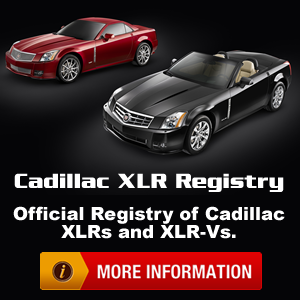That is factory recommended pressure for the OEM tire. Everything is a compromise and it is no different here. I have found that best performance (over dozens of different car/tire combos, not just and XLR) is usually a few psi above the sticker, but not the best ride. On some cars, not my XLR, front and rear pressures differ. I always adjust then drive to see how things are handling, then repeat. If you are more concerned with ride over performance then you will most likely end up nearer the recommended pressures.
IMHO, I would start at about 33 psi on your tire and go from there. If you like it better at 30psi there is certainly nothing wrong with that pressure. Maybe someone else here is running Pilot SS tires and can chime in. I would try and go for a ride in a different car and compare the rides.






